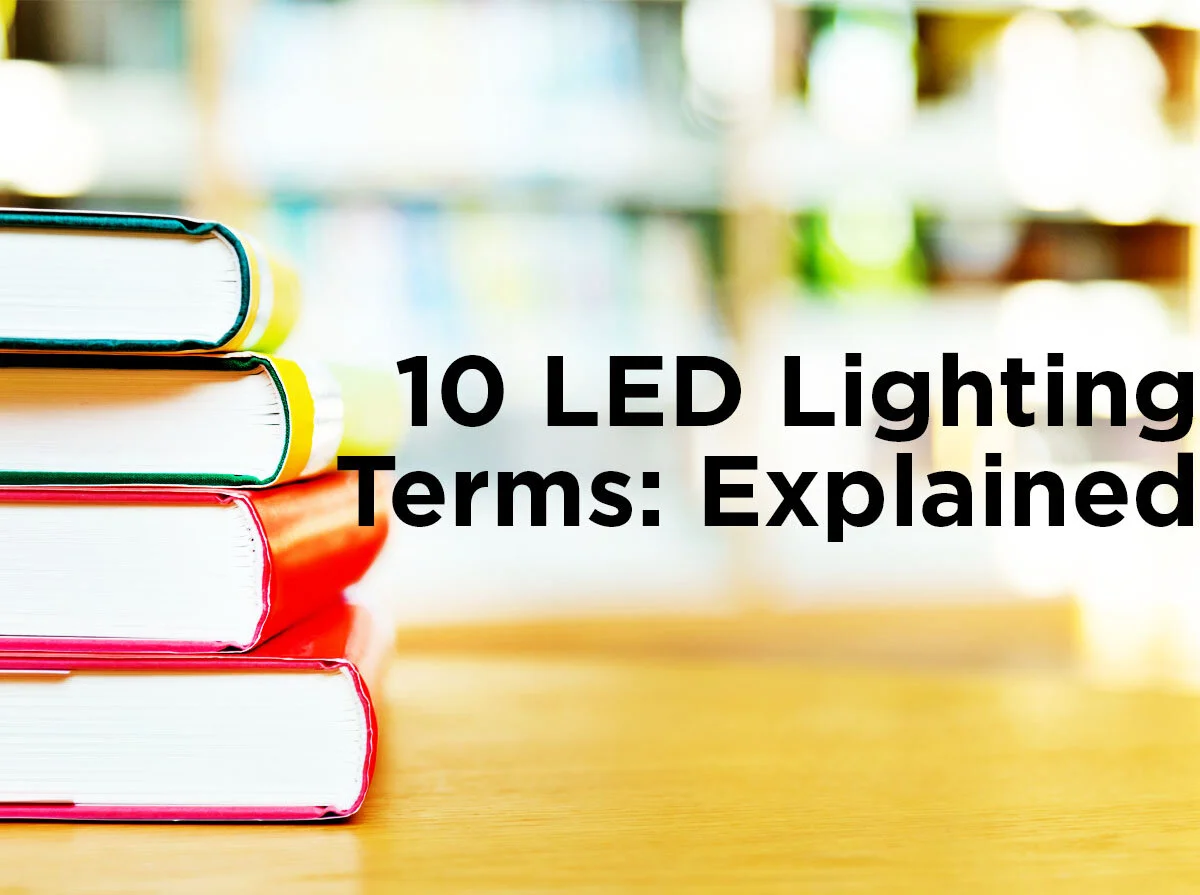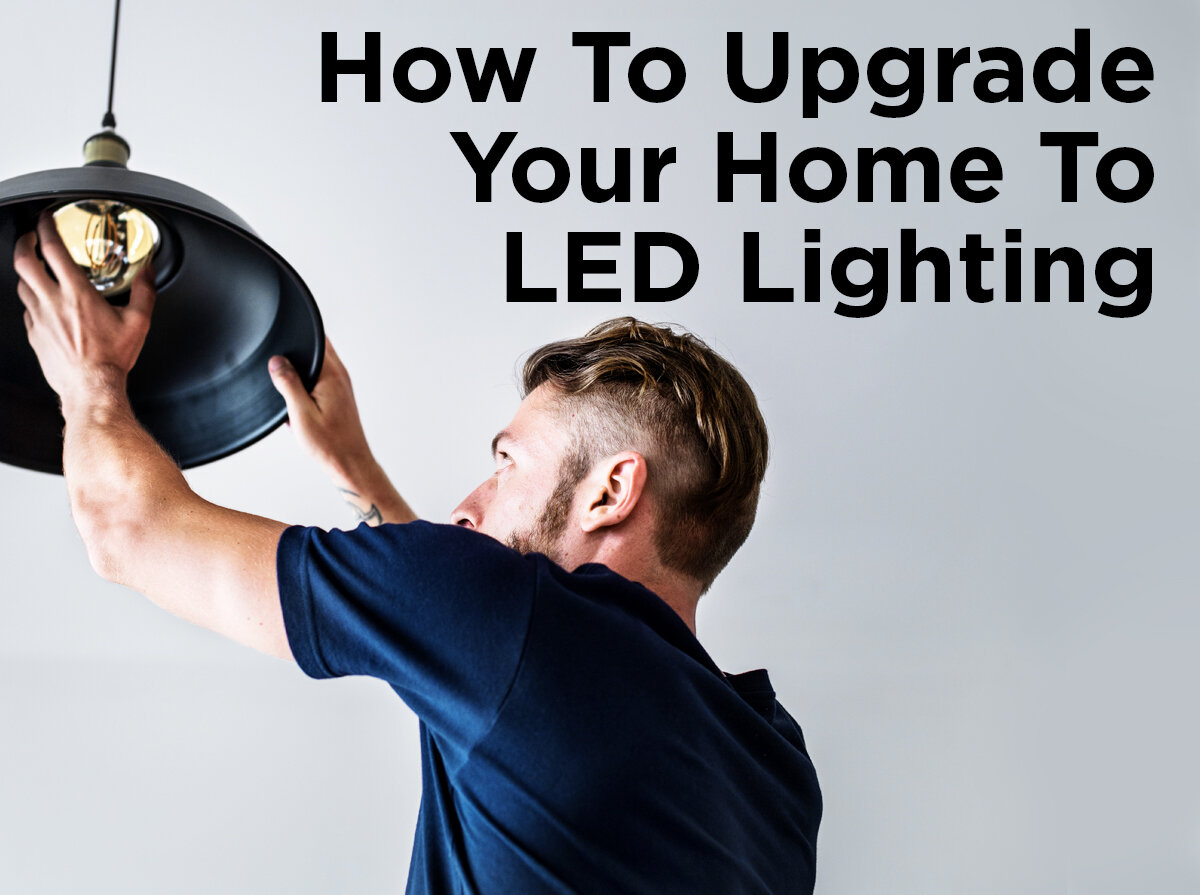LED Task Lighting Tips
Setting up the right task lighting can be maddening. Whether you just need to eliminate shadows on your workbench, reduce eyestrain at your desk, or get just the right colors for an art studio, you’ll find different light and setting requirements for each situation. This is the lighting we use for working on our passions and hobbies, but without proper lighting it’s easier to make mistakes and harder to see the fine details we want to put into our work. Sometimes it’s the little things, like a minor flaw or a small improvement that can make a huge difference in how we feel about a finished task. Here’s a quick guide to setting up LED task lighting so you can upgrade to a more cost-effective bulb without losing the quality you’re used to.
Desk Task Lighting
The most common tasks in the 21st century are those of the desk jockey. Eye strain isn’t a myth and poor lighting can create tension, stress, and a depressing atmosphere. These enemies can be defeated if you avoid flat and excessively bright lighting around your workspace. Extreme changes in lighting (such as light to dark when viewing a monitor in a dark room) can cause eye strain which weakens your eyes over time. Strong lights directly above or behind where you sit cause screen glare, so the easiest way to improve lighting at a computer desk is to place ambient light behind the monitor (this also works for TVs or other screens). LEDs are perfect for this, specifically LED strip lighting, but a regular desk lamp works as well. By placing a soft light behind the monitor you create a gradual shift between the brightness of the monitor and the light in the rest of the room, reducing eye strain and avoiding the drab efficiency of slate-white, fluorescent lighting.
Workbench Task Lighting
Whether you’re like my brother who spends hours on finely detailed models or you work in the garage building your own furniture, proper lighting around fine or dangerous tools is essential. Even lighting to remove shadows and clearly see what you’re working is top priority. For fixed lighting, place a lamp opposite your dominant hand; this ensures that lighting shines toward your hand rather than from behind the shoulder you’re actively using. However, an adjustable lamp or temporary light is ideal since it allows you to focus light exactly where you need it, when you need it. To further eliminate shadows, an under cabinet LED strip lets you place lights directly on the work space to eliminate shadows from lamps hanging above you.
Artistic Task Lighting
Artistic lighting is the most complex. Trying to balance colors, ambient lighting, natural lighting, and artificial lighting is a trying task for artists everywhere (except for writers, who mostly use the glow from a computer monitor). Some LEDs boast color rendering that rivals halogens, but this is rare and you’ll find it difficult to balance color saturation while using anything other than a halogen lamp. So, if you want to use LEDs to light your art studio you’ll need to be careful. Most artists look for what’s known as a northern light. This is midday sunlight that filters in through a north-facing window. It is indirect illumination with a color temperature of 7500-10000K and is very hard to replicate. For artificial lighting, especially when using LEDs, color temperatures at that level are far too blue to correctly show colors. Instead, use a light that’s around 5500K with as high a CRI rating (the quality of color revealed by the lamp) as you can find. If the light is still too harsh or bright, light your space indirectly by bouncing the light off of a white surface (reflector boards or even a simple white wall work well for this). Most LEDs aren’t rated for higher than 95 CRI and those that are can be very expensive, but be sure to use at least a CRI of 90. Full spectrum or SAD (seasonal affective disorder) lamps are about as close to natural light as you’ll find.
The rest of artistic lighting is trickier. If you’re painting, the type of light you use can affect how the image looks. For example: Having a lot of reflected light can help greatly for impressionistic style art but can hamper dramatic styles. Room design choices like this are, unfortunately, beyond the scope of this simple guide but you should be aware that ambient natural light will have an effect as well.
Each task has a different focus. Computer lighting aims to relieve eye-strain and weariness, workbench lighting is detail focused and removes shadows, while studio and artistic lighting emphasize color accuracy. As always, you can, and should, task us with answering your questions by commenting below or seeking us out on Facebook, Twitter, LinkedIn, or Pinterest!







